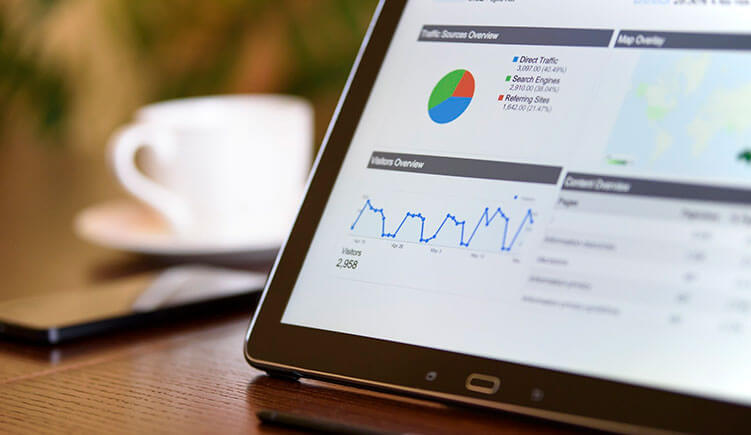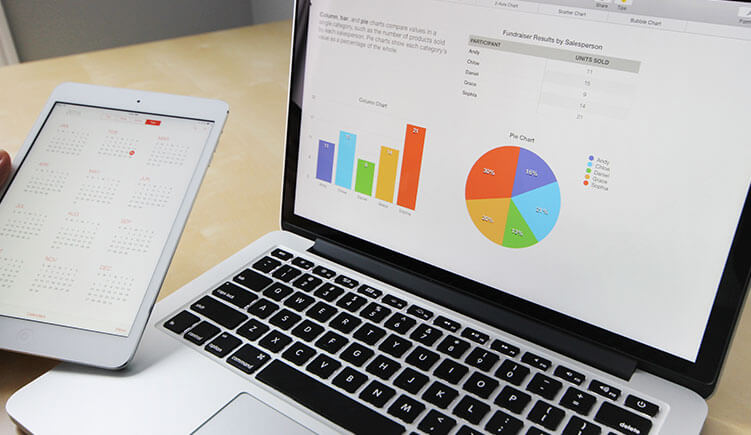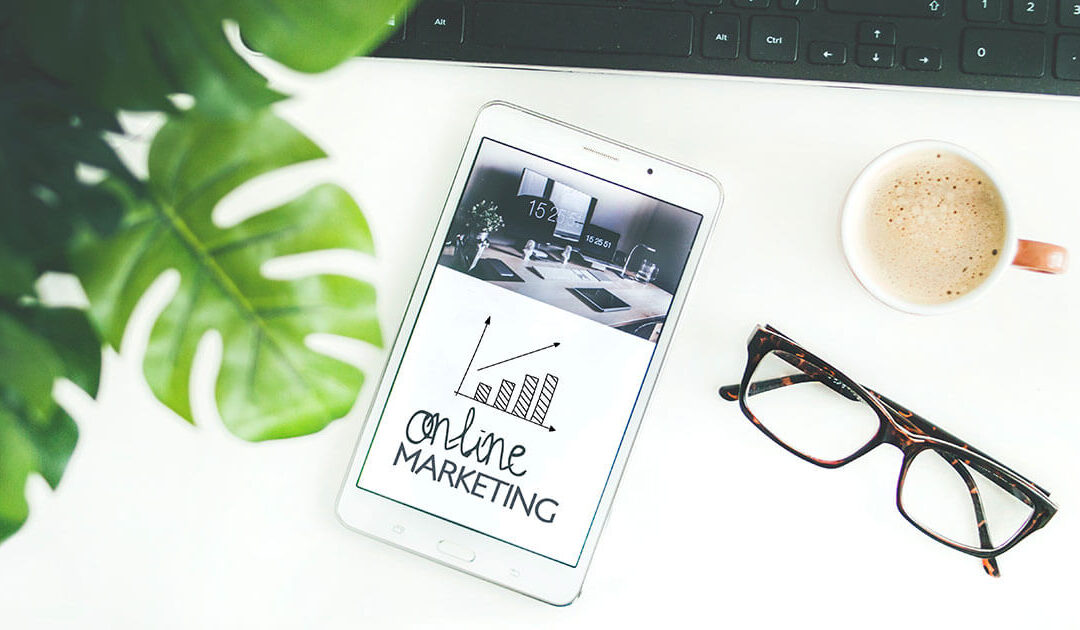In this article we talk a little about the differences between inbound and outbound marketing and how these two types of marketing work.
Discover how the different marketing concepts work
Today, the average person is exposed to between 6,000 and 10,000 advertising messages per day.
This includes everything from TV ads, outdoor signage to radio spots and digital advertisements across the Internet and social media. This is very competitive for the attention of your potential customers. All it takes is for B2B marketers to ask, ''How do I ever get to the people I need to talk to?'' and ''What could I say to get them to buy?''
There are, at their core, two distinct strategies that marketers use to reach the stakeholders they need: inbound marketing and outbound (or ‘’traditional’’) marketing. Let's first look at the essential differences between the two.
The difference between Inbound and Outbound Marketing
| Inbound Marketing | Outbound Marketing |
| Attracts interested readers | Send messages to everyone |
| Solves consumer needs | Write to sell products |
| Interactive with readers | Unidirectional communication |
| As useful content is consumed, the audience becomes Leads | Disturb any content that is being consumed |
| Where are: website, blog, eBooks, emails opt-in, SERP, social networks | Where are: TV ads, posters, Internet pop-up ads, telemarketing, magazines |
Was it not clear? we explain better…
Do you know what Outbound Marketing is?
Outbound Marketing, also referred to as traditional marketing, uses tactics that get a message to a large number of people in an effort to make a sale. Print/TV/radio advertising, phone calls, mail, bulk emails, and other methods are aimed at large audiences (most of whom may not even be looking for the merchant's product). It's a one-way conversation that typically focuses on the product and the reasons the audience should buy it.

Problems with Outbound Marketing
Traditional marketing has a huge problem which is, its message has to be general because it is being addressed to a greater number of people. In other words, with traditional marketing tactics, it's difficult to have a detachable message for a variety of specific needs and challenges. There are other reasons why traditional marketing isn't working these days:
- 60% of viewers surveyed would make the effort to find and download TV shows to avoid commercials. With the increasing number of online TV streaming services, television ads can be ignored, making it difficult to reach the desired audience.
- Digital music services and satellite radio make it easy for listeners to avoid publicity in radio. As of December 2019, there are 271 million active users on Spotify. Therefore, radio no longer has the same impact it once had.
- 58% of email recipients never read or open received emails, especially with an entire spam box that is where most advertising emails end up.
- Just like advertising emails, banner ads are also overlooked most of the time, as people tend to ignore them.
Sending messages is no longer effective because your audience has options and ways to avoid and/or block them. Merchants who are still using Outbound tactics are asking themselves: 1) ''How to reach buyers who are looking for our solutions'' and 2) ''What will it take to turn those potential customers into customers?''. Tip: Google processes over 3.5 billion searches a day.
What is Inbound Marketing?
While Outbound Marketing sends messages to a large audience, Inbound Marketing is “magnetic”. That is, instead of sending general messages to disinterested audiences, inbound marketing allows you to attract real interested parties. – and those who are actively looking for solutions on the internet. When they arrive at your website, those interested will find help, guidance and guides directly related to the research they are doing online.
At the heart of inbound marketing is content: blog content, video content, and downloadable (or ''advanced'') content offered on a company's website, such as white papers, guides, e-books, cheat sheets, and more. . Using an inbound approach, marketers develop this content to align with specific points in the buyer's journey:
- No start of their journey, a buyer is becoming familiar with the problem and potential solutions.
- The middle, they are comparing a small set of potential solutions.
- No final of their buying journey, are taking the necessary due diligence to make a final decision.
- And then there's the real customer experience, where satisfied customers can become promoters.
There are types of content that align well with each of these phases. By creating and offering them through your website, blog and rich content, you are meeting the information needs that potential customers have at every point in their journey.
And since so much of the journey is done online (62% of B2B buyers say they can make a purchase decision based solely on digital content), they'll find relevant content when they search.

In practice: example of Inbound Marketing
Imagine you are the facilities manager for a disposable fabric manufacturing company and have decided that it is time for a new conveyor for the company's XYZ product line.
Your first step in purchasing new equipment is to do some online research to learn about your options. So, you Google ‘’best output conveyor systems’’, and at the top of the results is an eBook on the very topic you’re researching. Click on the link, go to a supplier's blog and read what's there. It has great information. At the end of the blog post is an offer of downloadable content also related to the output of the carrier, so you provide your email in exchange for the content.
You are now a Lead in that supplier's system. The provider is able to send you additional and useful content offers to draw you further into the sales funnel. As a facilities manager, you are looking forward to being involved with this supplier because you now have evidence of this company's expertise.
Did you notice the difference?
Did you understand how it works and its differences? While outbound marketing sends general messages to a broad (and often disinterested) audience, inbound marketing creates and delivers content specifically designed for different audiences, relevant to multiple phases of your buyer's journey.
Stakeholders are drawn to this content as they do research related to their challenges, and once they find it on a supplier's website, they are engaged in a conversation with that supplier.



